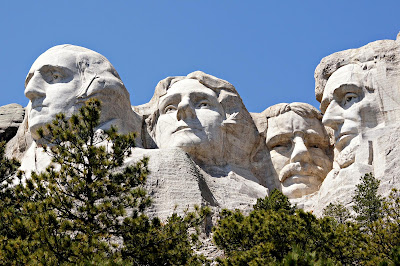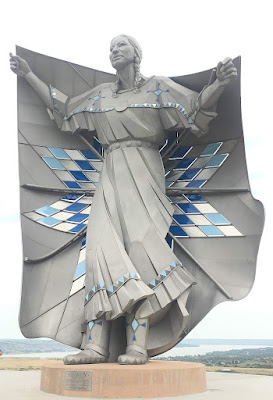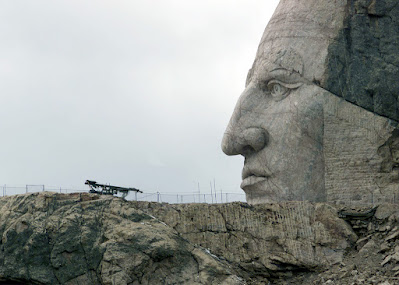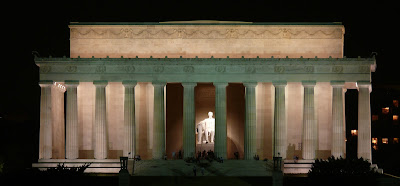 Photo courtesy West Virginia Humanities
Photo courtesy West Virginia Humanities
This is an older blog post but given the current abundance of book banning in the United States, I thought there was a need to bring back this article about a great radio production from American RadioWorks about The Great Textbook War of 1974 in Kanawha County, West Virginia.
West Virginia Demographic InformationFor some context about West Virginia in 1974, the racial makeup of the state was 95.6% white. In comparing that to current statistics, West Virginia has about the same population as it did in 1974 and the racial makeup of the state is 93.5%, according to the United State Census Bureau. In other words, West Virginia remains one of the whitest states in the USA. (For context, my home state of Maryland is about 58.5% white.)
Civil Rights Movement Encouraged a Different Point of View
There was a huge explosion in the promotion of multiculturalism in education during the Civil Rights Movement in America, which many still consider a work in progress. In 1974, the country was at war in Vietnam and Richard Nixon resigned as President of the United States over the Watergate scandal. Public school textbooks that had previously only taught the history from the point of view of white colonists were encouraged to present the history of multiple ethnicities and cultures. I think it is also worth mentioning that in 1972, President Richard Nixon visited China and opened up diplomatic relations, another step in expanding multiculturalism in the US.
Kanawha County in West Virginia houses the state capital of Charleston but also encompasses farmlands and hollows that are quite rural. This clash of cultures and shift in thinking led to the Great Textbook War of Kanawha County, West Virginia in 1974.
For more context, as a young white girl growing up in Baltimore City, the African American population was about 46% in 1970. And yet, my first textbooks featured two white children Dick and Jane who were growing up in the suburbs with a nuclear family. Many places in the United States were re-writing history books to include the presence and accomplishments of African Americans and women.
Conservative Values in West Virginia
In part, the divide between the Kanawha County Board of Education was cultural. A conservative Kanawha County Board of Education member Alice Moore had campaigned to become elected to the school board by protesting sex education being taught in schools. At first, her disagreement was over allowing students to use colloquialisms in school rather than formally accepted standards of the King’s English. Later these parents’ concerns spread to the content of the textbooks including disagreeing about the writings of people like Eldridge Cleaver and Malcolm X included in the curriculum.
So in part, the divide in Kanawha County that led to violence and discord was racial. While urban Charleston may have had a small percentage of blacks and minorities, rural Charleston had almost none. Many rural West Virginians resented the idea of outsiders coming in and telling them what they had to teach their children.
Fundamental Christian Values in WV
The other part of the cultural divide between rural and urban was religious. In urban Charleston, most of the citizens went to traditional denominations of Christian churches such as Episcopal, Methodist, and Catholic. Rural Kanawha County residents tended to belong to nondenominational churches and more conservative Christian denominations such as Baptist. An example in a proposed textbook included an Aesop fable that compares itself to a Bible story. Some took this as an implication that the Bible was merely a myth or fairy tale undermining the traditional Christian values of rural Kanawha County, West Virginia.
The disagreement and protest became so bitter over the textbooks that a school strike was begun. Estimates are between 20-50 percent of the Kanawha County school children stayed home as part of the school strike. Even coal miners went on strike to show solidarity with the textbook protest. While some protested the textbook, students at George Washington High School walked out of school protesting the censorship of the books.
KKK Supports Textbook Banning
Even the Ku Klux Klan showed up to support those protesting the textbooks adding further fuel to the fire that this was a race-based protest. Cars were set on fire and fifteen sticks of dynamite were detonated near a Board of Education office just after a meeting let out. At one point in the Textbook Wars, a fistfight breaks out at a Board of Education meeting. Midway Elementary School at Campbell’s Creek was dynamited one night in protest of the textbooks.
So who won the Great Textbook War? The fallout from the textbook wars was perhaps mixed. Textbook protesters claimed victory as many of the books were never used in the county. Textbook supporters claimed victory that the books were in some of the schools even though some teachers were afraid to use the books.
The award-winning radio show concludes with a quote by teacher and textbook selection committee member Nell Wood who says,
“I think it is necessary for us to grow up and recognize that it’s a big, wide, wonderful, scary, ugly, beautiful world. There’s everything in it and we have to learn to look at it and not fall apart.”
These are great words to remember as we plod forward to the current culture wars that are apparent in the United States of America.
Listen to The Great Textbook War by Trey Kay, Deborah George, and Stan Bumgardner on American RadioWorks at the American Public Media.
http://americanradioworks.publicradio.org/features/textbooks/
• 52 minutes
• 2010 Peabody Award Recipient
You can read more about this chapter in American history in the online West Virginia Encyclopedia here where they very politely refer to it as the Kanawha County Textbook Controversy.





























